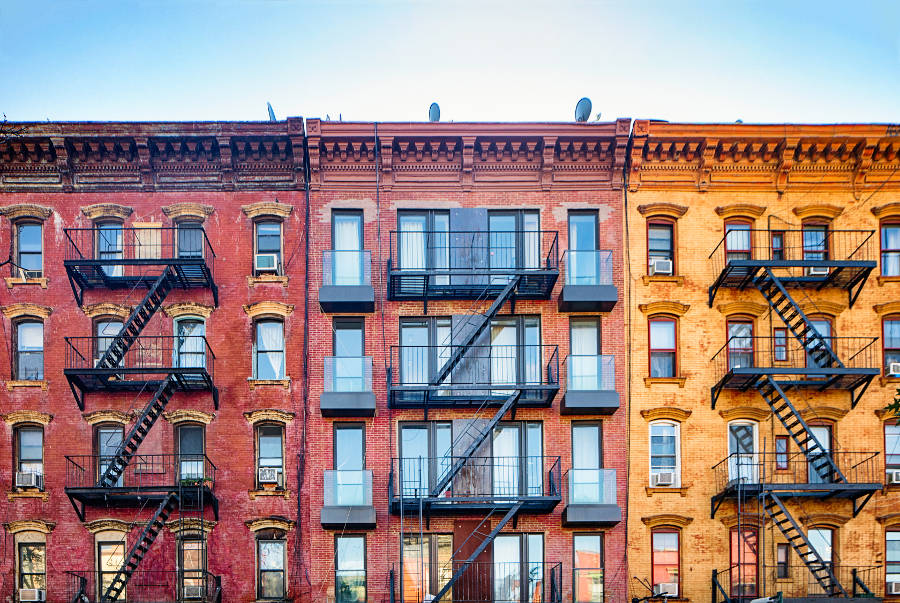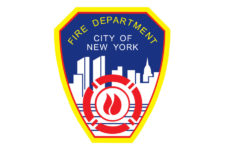Take a closer look at where facade laws are headed so you can stay compliant. Bill Morris over at Habitat wrote this article to inform us about it.
In December 2015, hundreds of bricks worked loose from the facade of the 35-story condominium at 340 East 64th Street and crashed to the street. Mercifully, no one was injured or killed. A consultant working on the building at the time blamed the collapse on several factors, including “an original construction defect.”
Brian Sullivan, a principal at Sullivan Engineering, sits on a DOB advisory committee that proposes changes to FISP regulations. The committee’s attention is now focused on Cycle 9, which begins in February 2020.
Here are some of the proposed changes:
Probes to verify and document wall anchors in cavity wall facades might be required in the 9th cycle and every 10 years thereafter.
- The building at 340 East 64th Street has cavity walls, meaning there’s space between the structural walls and the brick skin, and the two are held together by metal anchors. “The idea of the probes is to make sure that there are sufficient anchors to prevent another facade collapse,” Sullivan says, “and to make sure the anchors are appropriately spaced and in good condition.”
The number of required close-up inspections might increase.
- One of the proposed revisions is to have hands-on inspections (by workers on scaffolds or rappelling ropes) performed at intervals of 60 feet or lesson all facades above a public egress. “That change will affect only larger buildings and buildings with public egress in the rear yard,” Sullivan says.
Qualified Exterior Wall Inspectors might be required to have at least three years of relevant experience.
- Currently, these professionals approved by the DOB to submit FISP reports are required to have just one year of relevant experience. “That’s a big jump and a big improvement, I think,” Sullivan says. “There are a lot of professionals who practice in multiple disciplines but are not specialists in FISP rules and facade conditions.”
A time frame to resolve unsafe conditions might be required, with a maximum of five years.
- “They want a date when you’re going to resolve unsafe conditions,” Sullivan says. “The building owner signs the document agreeing to that date. This way, sidewalk sheds won’t stay up up for 10 years.”



